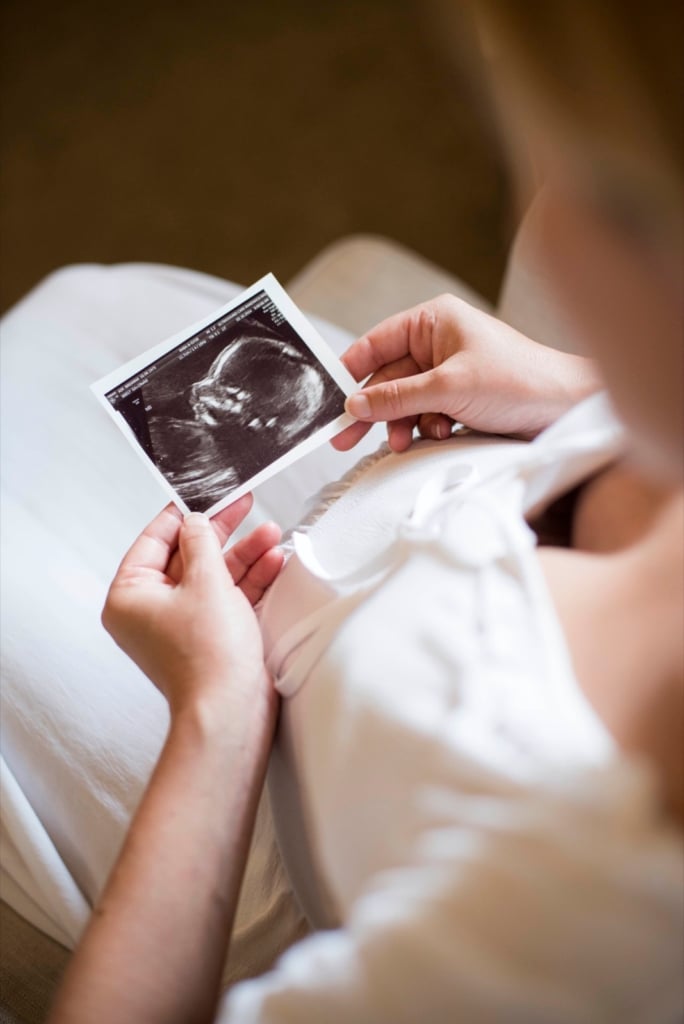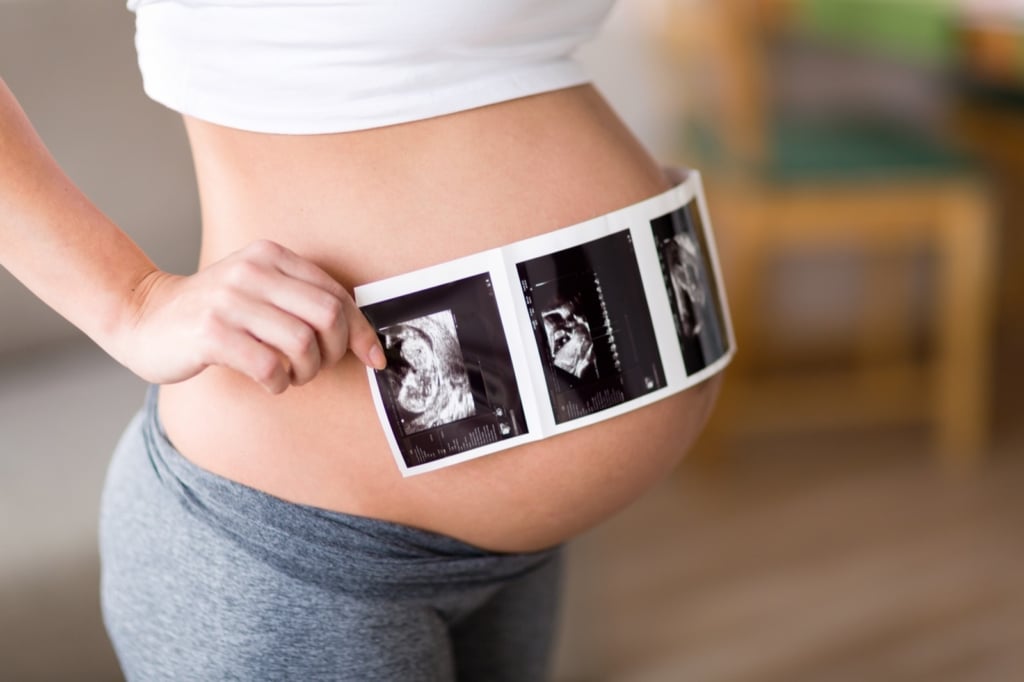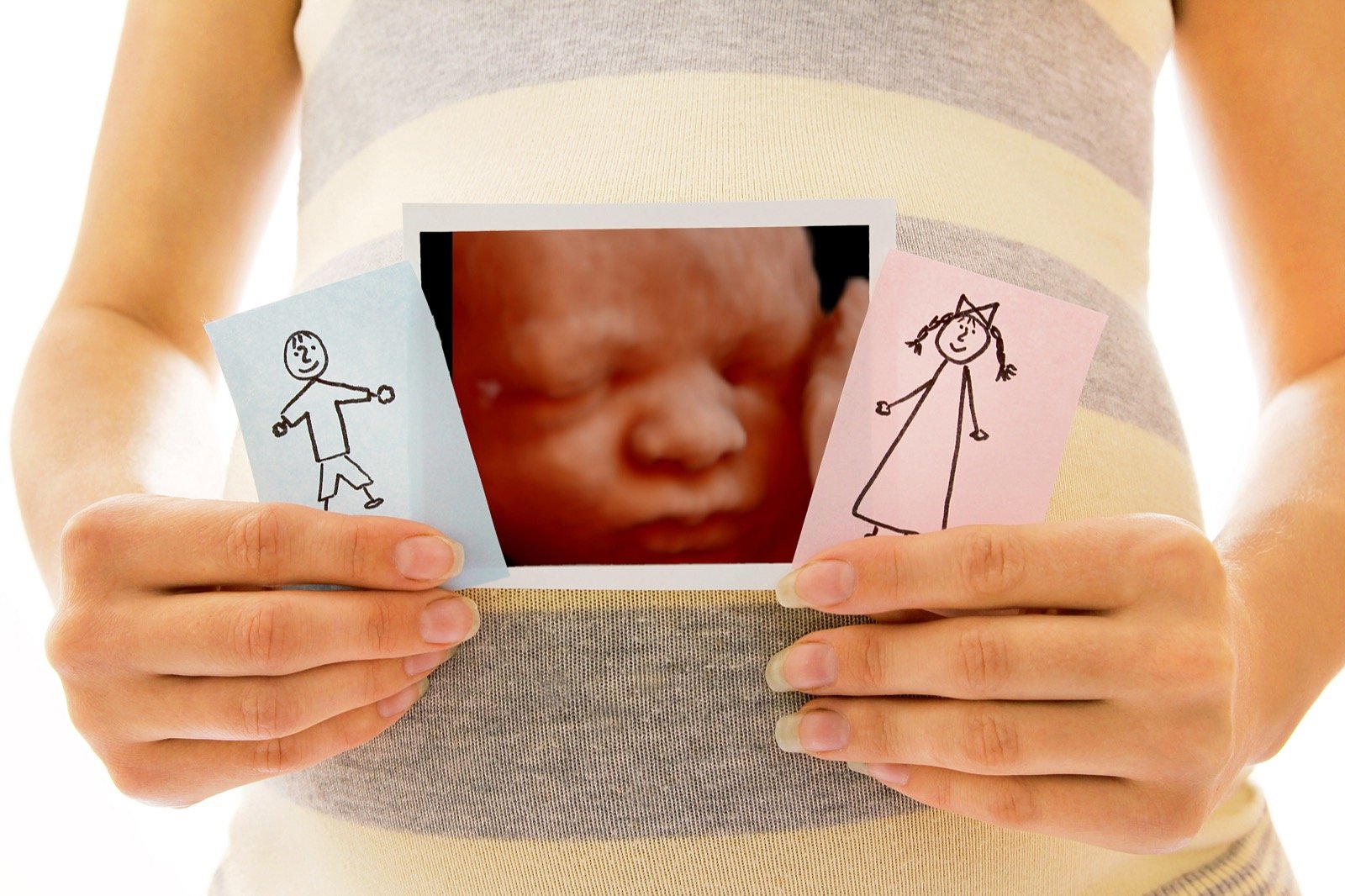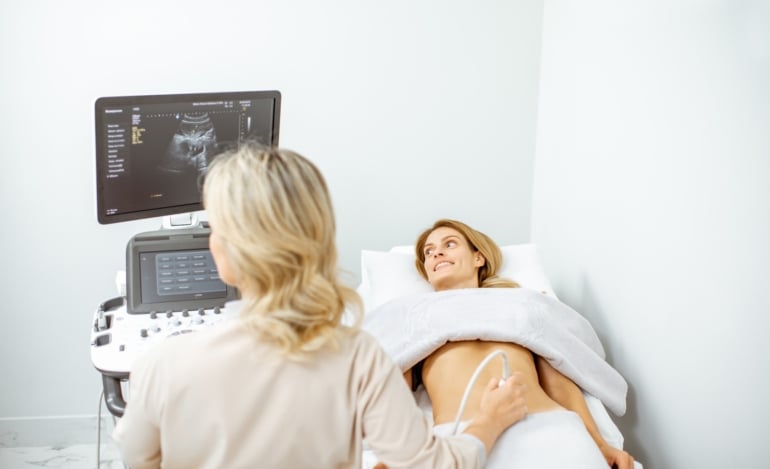Introduction: Why Timing Matters for Memorable Keepsakes
Have you ever wondered why some 3D/4D baby photos look breathtakingly clear, while others seem a little… fuzzy? The secret often isn’t the machine—it’s timing. Scheduling your elective ultrasound scan during the optimal gestational window can mean the difference between grainy shadows and heart-melting, lifelike images of your little one.
In this deep dive, we’ll unravel the science of 3D/4D ultrasound technology, explore the “sweet spot” in pregnancy for the best images, and guide you through real-world factors—from amniotic fluid levels to fetal position—that influence picture-perfect results. Whether you’re a first-time mom or a seasoned parent, you’ll leave equipped with expert insights and actionable steps to plan your session with confidence.
Ready to capture crystal-clear keepsakes? Let’s embark on this journey to discover when and how to get those unforgettable 3D/4D ultrasound moments.
Understanding 3D vs. 4D Ultrasound: A Technological Snapshot
At its core, ultrasound uses high-frequency sound waves to “see” inside the womb. Traditional 2D scans render flat, cross-sectional images—great for measurements but limited in depth. Enter 3D ultrasound: by compiling multiple 2D slices, the machine constructs a three-dimensional image of your baby’s features. Suddenly, you’re gazing at tiny fingers, button noses, and yawns in astonishing detail.
4D ultrasound simply adds the dimension of time: live-action video of your baby moving in real time. It’s like streaming Netflix of your unborn child—catching hiccups, stretches, and surefire yawns.
But high resolution requires optimal conditions. Too early in pregnancy, and fetal features are underdeveloped. Too late, and bone density increases signal noise. Understanding how 3D/4D machines interpret echoes and render images is the first step toward choosing the best gestational window.

The Ideal Gestational Window: Finding Your “Sweet Spot”
So when is that perfect window? Most experts agree that the prime time for elective 3D/4D ultrasound lies between 26 and 32 weeks gestation. Here’s why:
Weeks 26–32: The Goldilocks Zone
During this period, your baby has developed enough facial fat and muscle tone to create smooth, rounded contours—no more skeletal outlines. Their skin has thickened, reducing transparency, and the ossification of bones is still modest, preventing sound scattering that turns images grainy.
Amniotic fluid levels usually peak around 28–30 weeks, offering an “acoustic window” of clear fluid around baby. Too little fluid (oligohydramnios) and the baby presses against uterine walls; too much (polyhydramnios) and the image contrast diminishes. In the Goldilocks zone, fluid levels are “just right” for crisp renderings.
This window also balances fetal activity. Early on, tiny limbs flail unpredictably; later, cramped quarters limit movement. Weeks 26–32 yield lively—but not chaotic—foot kicks and yawns, perfect for capturing character.
Beyond 32 Weeks: The Trade-Offs
After 32 weeks, baby’s growth can become a double-edged sword. Increased bone density can scatter ultrasound waves, adding speckle and reducing definition. Plus, limited space means more fetal contact with the uterine wall, obscuring facial views.
That said, if you schedule late, skilled sonographers may still coax amazing shots by focusing on hands, feet, or beating hearts—intimate details that remain photogenic even in tight quarters.

Key Factors Influencing Image Quality
1. Amniotic Fluid Volume
Think of amniotic fluid as the “lens” between the probe and your baby. When fluid volume is optimal, sound waves travel unobstructed, bounce off baby’s features, and return clean echoes. Too little fluid creates “dry spots” where echoes hit maternal tissue; too much fluid dilutes contrast.
If your 28-week scan yields less-than-perfect clarity, sonographers may ask you to drink water beforehand—boosting fluid levels temporarily. Timing hydration four hours before the session can enhance that acoustic “lens.”
2. Fetal Position
Even in the Goldilocks window, a back-to-uterus orientation—or “spine down” position—can block facial views. Active babies change positions constantly, so some studios offer “positioning services”: light pokes, gentle vibrations, or asking mom to shift poses to encourage better angles.
If your little one remains snug against the uterine wall, rescheduling 1–2 weeks later often does the trick—growth and fluid shifts improve spacing.
3. Maternal Factors
Higher maternal body mass index (BMI) can reduce image quality, as ultrasound waves must travel through more tissue. Skilled sonographers compensate by increasing probe pressure or using lower-frequency transducers for deeper penetration.
Placenta location also plays a role. An anterior placenta sits between baby and probe, dampening echoes. In cases of an anterior placenta, scheduling slightly later within the ideal window can improve results when baby’s position shifts downward.
Real-World Case Study: Capturing the Perfect Peek
Case: First-time mom, Sarah, scheduled her elective 3D/4D ultrasound at 24 weeks. Although the studio boasted high-end equipment, her images showed thin outlines and limited detail. Sonographer recommended a follow-up at 29 weeks.
At 29 weeks, Sarah—now well-hydrated—increased her fluid “lens” and arrived early for a brisk walk to stimulate fetal movement. The resulting images captured her baby’s delicate profile, curled fingers, and even a big yawn. Sarah described the experience as “magical,” cherishing the keepsake images shared with family.
Takeaway: Patiently waiting for the prime window—and preparing with hydration and gentle activity—yielded superior image quality.

Planning Your Appointment: Step-by-Step Guidance
Follow this actionable checklist to ensure you’re fully prepared for a stellar 3D/4D session:
- Choose the Right Week: Aim for 26–30 weeks gestation for peak clarity.
- Hydrate Strategically: Drink 8–10 glasses of water starting two days before, with an extra liter four hours prior.
- Wear Comfortable Clothing: Loose pants and a two-piece outfit facilitate easy abdominal access.
- Stimulate Movement: A brief walk or light snack 30 minutes pre-scan can help baby reposition for better angles.
- Communicate with Sonographer: Share any concerns—if your little one’s breech, ask about gentle repositioning techniques.
By following these steps, you’ll maximize your chance of capturing those unforgettable moments in all their 3D/4D glory.
Pros & Cons: Early vs. Late 3D/4D Scans
Every pregnancy is unique. Here’s a quick rundown to help you weigh options:
- Early Scans (20–25 weeks):
- Pros: More fluid, smaller baby allows full-body shots.
- Cons: Underdeveloped facial features, less fat for smooth contours.
- Ideal Window (26–32 weeks):
- Pros: Clear facial detail, optimal fluid, balanced movement.
- Cons: Baby size may limit full-body reconstruction.
- Late Scans (33+ weeks):
- Pros: Lifelike limbs and hands; intimate detail shots.
- Cons: Bone density, limited space, potential for more reschedules.
Frequently Asked Questions
Q: Can I do more than one 3D/4D session?
A: Absolutely. Many parents schedule two sessions—one in the early part of the window (around 26 weeks) and one in the late window (around 32 weeks)—to capture both full-body views and detailed facial shots.
Q: Does fetal activity impact image quality?
A: Yes—too much movement creates motion blur, too little means static positions. A snack or gentle rocking helps achieve ideal activity levels during the scan.
Q: Are there any risks to elective 3D/4D ultrasounds?
A: When performed by trained professionals following standard protocols, elective 3D/4D scans pose no known risk. Ensure your provider uses FDA-approved equipment.
Conclusion & Next Steps
Securing those crystal-clear 3D/4D keepsakes comes down to timing, preparation, and open communication with your sonographer. By aiming for the 26–32 week window, optimizing hydration, and considering maternal and fetal factors, you’ll give yourself—and your family—memories that last a lifetime.
Ready to book your session? Reach out to your trusted elective ultrasound provider today, mention these tips, and prepare for the heartwarming reveal of your baby’s first portrait.
Enjoy every moment—and capture it in stunning 3D/4D detail!



